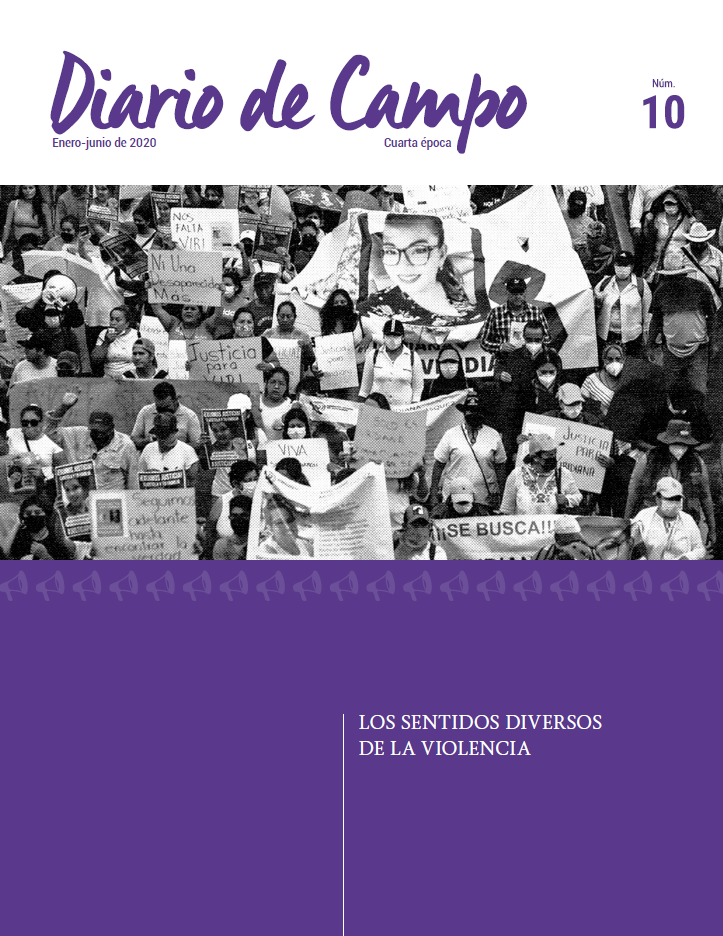Entrevista
The fascination with Epistemology of Anthropological Theory. Interview with Rodrigo Díaz Cruz
Published 2023-01-09
How to Cite
The fascination with Epistemology of Anthropological Theory. Interview with Rodrigo Díaz Cruz. (2023). Diario De Campo, 10, 123-130. https://revistas.inah.gob.mx/index.php/diariodecampo/article/view/18666
Abstract
Interview with Dr. Rodrigo Díaz Cruz, researcher at the Metropolitan Autonomous University, Iztapalapa, winner of the Fray Bernardino de Sahagún Award in Ethnology and Social Anthropology in 2015, founder of the Performance Studies Network and rector of the UAM Iztapalapa for the period 2018 -2022.
Downloads
Download data is not yet available.
References
- Austin, John (1962). How to Do Things with Words. London: Oxford University Press.
- Díaz Cruz, Rodrigo (1998). Archipiélagos de rituales. Teorías antropológicas del ritual. Barcelona: Anthropos / UAM-Iztapalapa.
- _______ (2014). Los lugares de lo político, los desplazamientos del símbolo. Poder y simbolismo en la obra de Victor W. Turner. México: UAM-Iztapalapa / Gedisa.
- Pritchard, Evans (1997). Brujería, magia y oráculos entre los azande. Barcelona: Anagrama.
- Geertz, Clifford (1995). La interpretación de las culturas. Barcelona: Gedisa.
- _______ (2000). Negara. El Estado-teatro en el Bali del siglo xix. Barcelona: Paidós.
- Gluckman, Max (1968). Analysis of a Social Situation in Modern Zululand. Manchester: Manchester University Press.
- Sperber, Dan (1995). Explicar la cultura. Un enfoque naturalista. Madrid: Ediciones Morata.
- Turner, Victor (1957). Schism and Continuity in an African Society A Study of Ndembu Village Life. Manchester: Manchester University Press / Rhodes–Livingstone Institute.
- _______ (1980). Selva de los símbolos. Aspectos del ritual ndembu. Madrid: Siglo XXI.
- Tyrtania, Leonardo (2016). “La sustentabilidad es de quien la trabaja”. En Cultura y representaciones sociales, 10, pp. 59-104.

